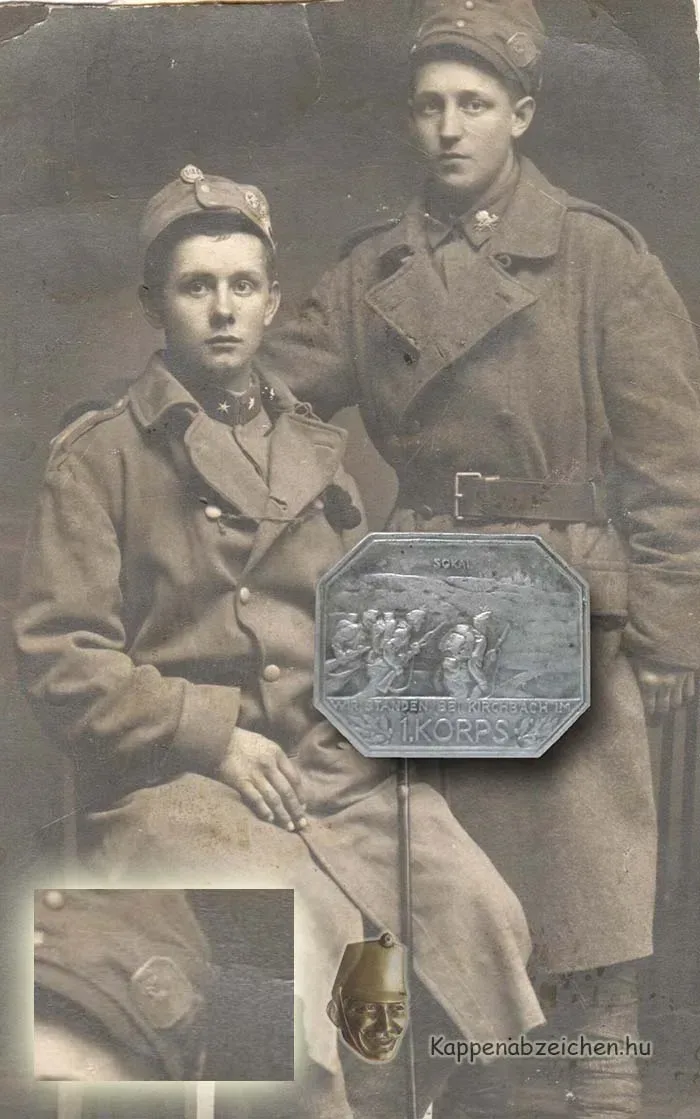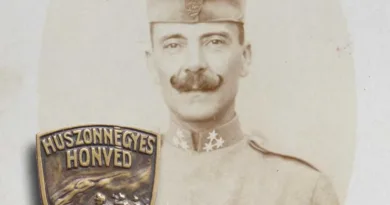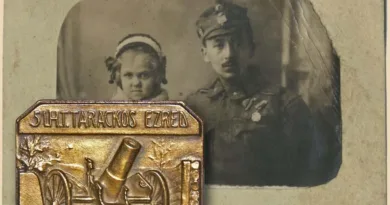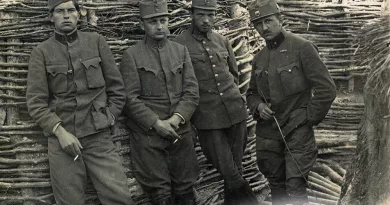1st Corps
The corps were army troops consisting of 2-3 divisions. They were able to carry out independent operations. This was especially evident in the defense. The VII. corps for example was coined with the defense of the Karst plateau of the Italian front. The XIV. corps with Tyrol, even his name was Tyrolean national defender troops. In an attack, it is obviously more difficult to follow the activities of the corps, since at that time, whether the attack was successful or not, the participating troops performed a limited task in terms of time and place. After that, they were given other tasks, and the corps were often reassigned.
The composition of the corps also changed frequently. During an attack, reinforcements swelled their numbers. Extra artillery columns were often sent for support. In defense, their composition may have changed because the regiments and brigades that suffered the greatest losses were sometimes withdrawn to replenish and rest. Therefore, although the defense of Doberdó is clearly coined with the VII. corps, the memories of many army units include longer or shorter service on this hellish battlefield.

Well, let’s see the 1st corps. The composition of this troop has also changed a lot, originally regiments from around Krakow fought in it. Its disposition also changed a lot: until the end of 1917, he belonged to the 1st, 3rd and 7th armies on the Eastern Front. In 1918, the corps joined the 11th Army on the Italian front. All of this is interesting to us because it is definitely worth deciphering the inscription on our badge: “Sokal. Wir standen bei Kirchbach im 1. Korps.” So a place name and a personal name are there. Based on the corps’ operations in Galicia, the name Sokal can be nothing other then the town on the banks of the Bug River, 75 km north of Lemberg, in the border region of the Monarchy. In 1914, the corps was deployed on this front as part of the 1st Army. The attacking army defeated the Russian 4th Army in the Battle of Krasnik on August 23-25, 1914. Later, in 1915, after the breakthrough in Gorlice, the corps moved to the vicinity of Sokal again. At that time, after reaching the Bug River in the area, they managed to form a bridgehead on the east bank. The badge preserves the memory of these two events. On both occasions, Cavalry General Karl von Kirchbach commanded the corps. In September 1916, he was entrusted with the command of the 7th Army. He later became the commander of the occupying force in Ukraine.




